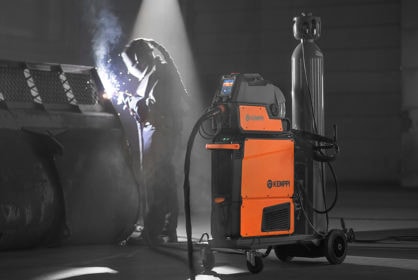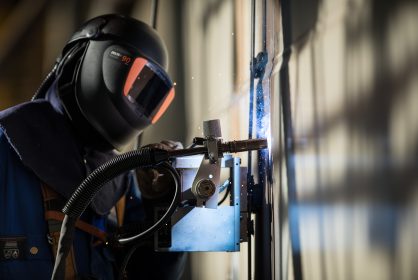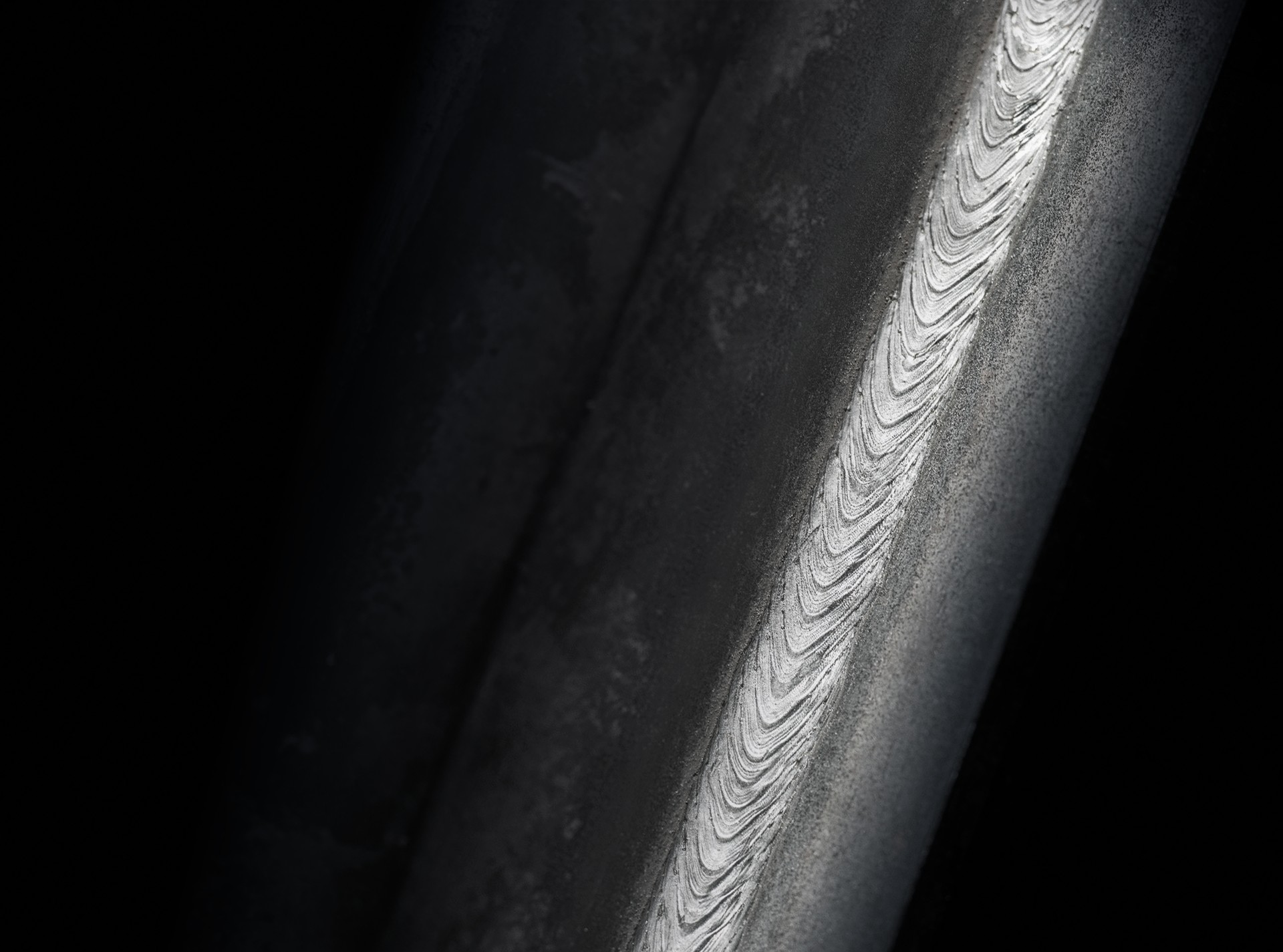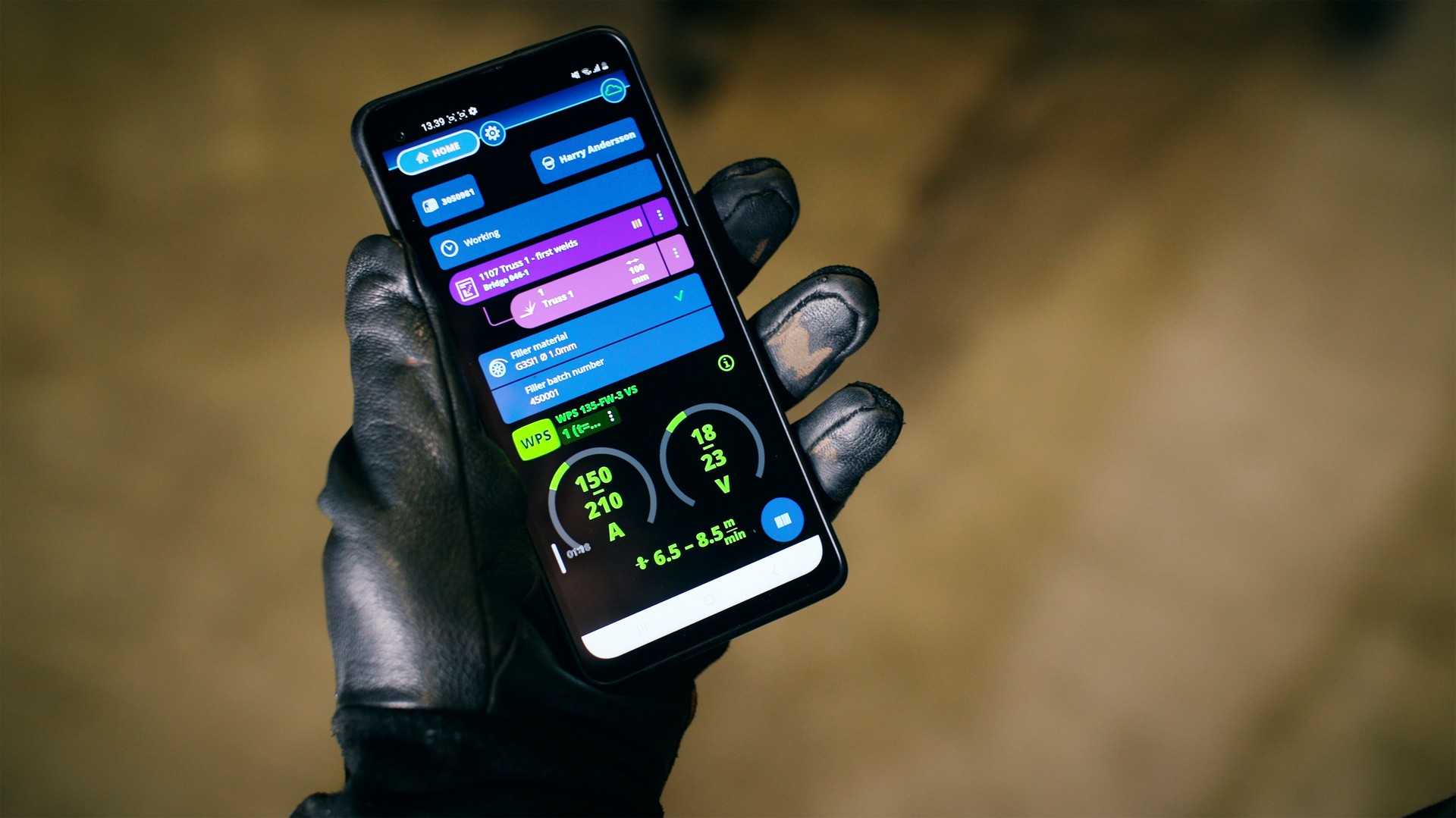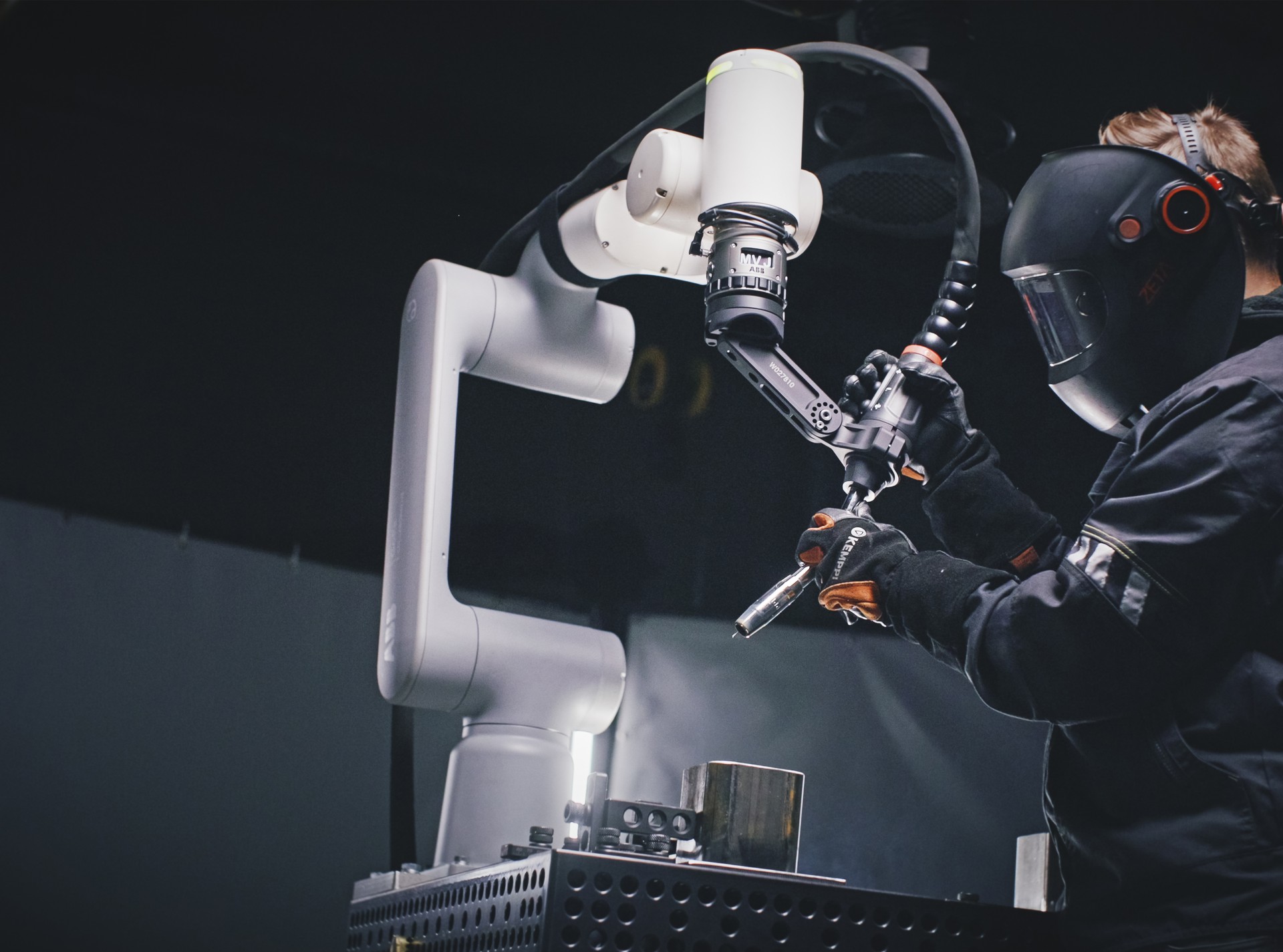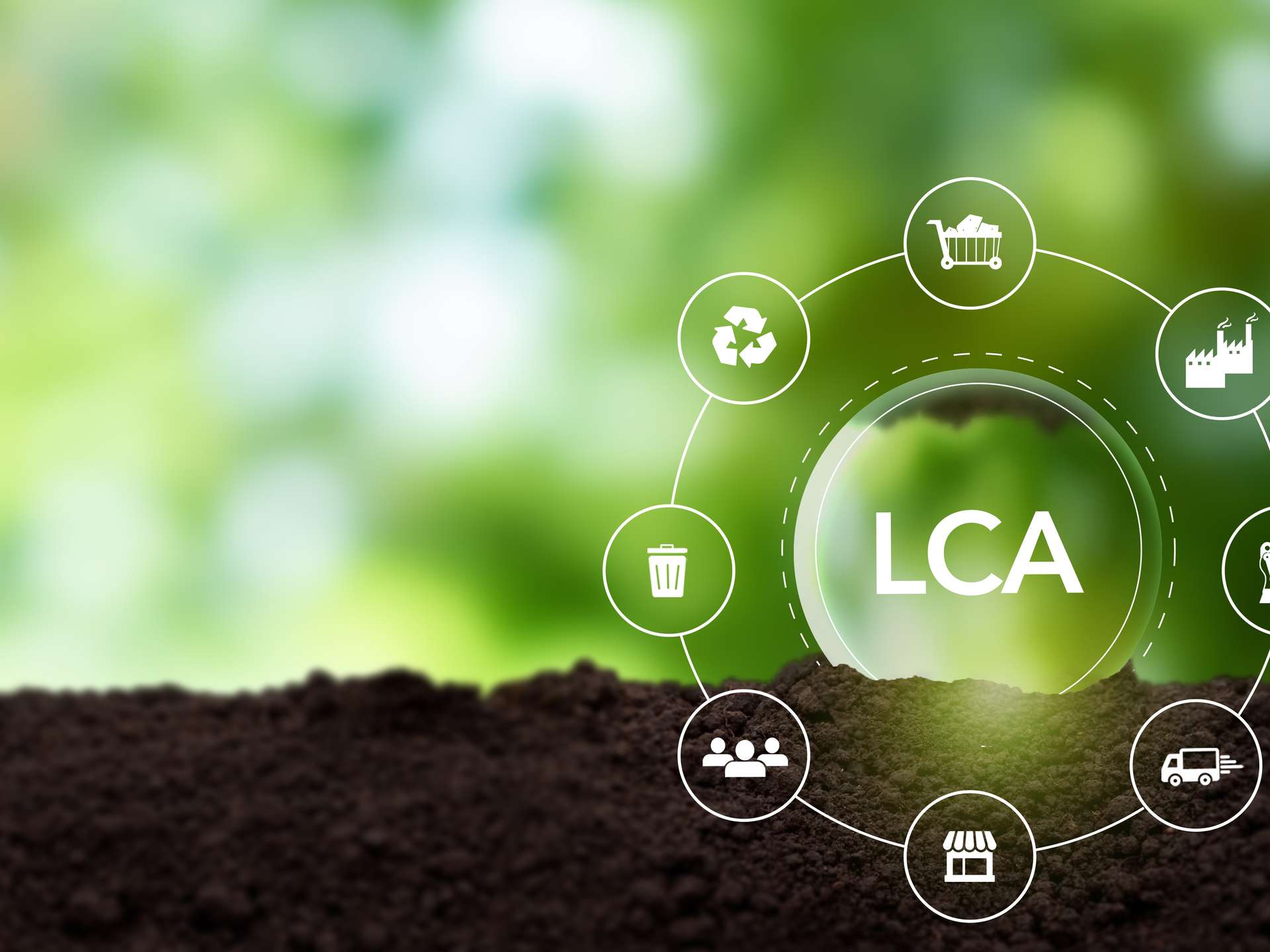
Manual welding
Lifecycle assessment in welding: A data-driven path to sustainability
July 15, 2025
Lifecycle assessment (LCA) is a systematic method for evaluating a product’s environmental impact throughout its lifespan—from raw material extraction and manufacturing to usage and end-of-life disposal.
Anni Knuuttila
Why lifecycle assessment matters in the welding industry
Lifecycle assessment (LCA) is a systematic method for evaluating a product’s environmental impact throughout its lifespan—from raw material extraction and manufacturing to usage and end-of-life disposal. It provides essential data for optimizing resource efficiency, reducing emissions, and making informed decisions about product design and material choices.
In the welding industry, LCA has the potential to play a much greater role in helping manufacturers comply with tightening environmental regulations and meet growing customer expectations for sustainability. While its use is still developing in the sector, it offers a powerful tool for continuous improvement, helping companies identify areas for innovation, efficiency gains, and responsible material sourcing.
The X5 FastMig Pulse LCA journey
At Kemppi, we see lifecycle assessment as a crucial step toward more sustainable welding solutions. With the X5 FastMig Pulse welding system, the goal was to conduct a comprehensive evaluation, considering the environmental impact from production to end-of-life.
The findings reinforced a known fact: most emissions occur during the product’s use phase, largely due to energy and filler consumption. This underscores the importance of designing energy-efficient welding equipment that minimizes power and material usage while maintaining high performance. However, the assessment also provided valuable insights into material choices, supply chain impacts, and opportunities for further improvements.
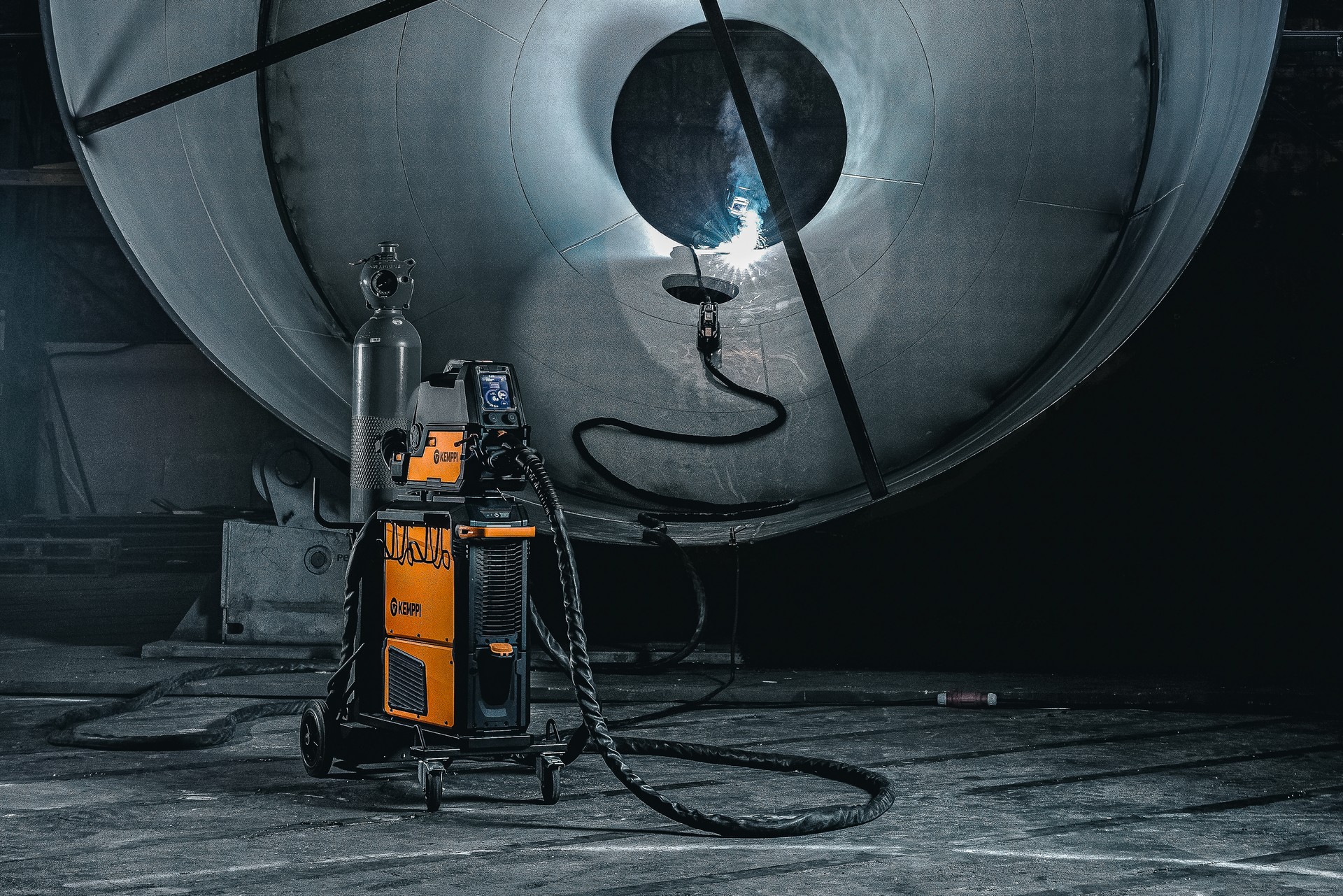
Key learnings from the X5 FastMig Pulse LCA
Conducting a thorough lifecycle assessment presented both challenges and opportunities:
Data collection and supply chain transparency: Gathering precise data on materials and components required extensive collaboration with suppliers. Some primary data was unavailable, necessitating the use of European industry averages, which may slightly influence the final emission calculations. This highlights the need for ongoing dialogue with suppliers and improved data collection methods.
Integration with business systems: The LCA process sparked discussions on how lifecycle data could be integrated into Kemppi’s ERP system and reporting platforms, ensuring that sustainability insights are embedded into decision-making at every stage.
A Foundation for future assessments: Since many of the components used in X5 FastMig Pulse are shared across Kemppi’s product range, the findings provide valuable insights not just for this model, but for a broader assessment of our manufacturing processes.
Key highlights from the X5 FastMig lifecycle assessment
Use phase dominates emissions
According to the life cycle assessment results, the use of the product (downstream) is the most dominant phase of the life cycle in terms of the GWP–fossil as it covers 96,7 % of the life cycle GWP impacts. This is mainly caused by the large amount of materials and energy consumed by the welding process, including welding filler and welding gas during the entire life cycle. Therefore, all factors related to the scenario of the usage of the product in the calculation can have a significant impact on the results.
Welding work profile affects total emissions
The welding work profile can change significantly depending on what material and what type of pieces of that material are being welded. Thus, the total emissions are highly dependent on the user. The consumption of filler and electricity during use has been assumed to be the global average steel and the average European electricity, respectively. As the study’s geographical scope is Europe, this assumption can be considered somewhat conservative for most of the user base. However, results are not perfectly applicable in every market country, as among the markets where the products are sold, available energy sources and the waste treatment standards may differ from the used scenario.
User behavior and energy choices matter
As the use phase emissions can vary a lot depending on the use scenario, they only give a good representation of the modelled user profile. This means that any user who deviates from the selected parameters will have different results when calculating their impacts. By paying attention to user behavior, such as setting correct welding parameters, and by using renewable energy sources, emission impacts can be reduced.
Kemppi’s innovations for energy and material efficiency
Kemppi has developed many technologies that help welders monitor and reduce the impact of welding without compromising quality or productivity. (RGT, WiseSteel, WiseRoot+, WeldEye, WPS). Reduced Gap Technology (RGT) saves arc time by reliable narrow gap welding and consumes even 25% less filler material. Our universal software solution, WeldEye, helps to predict possible errors and enables transparency in the manufacturing process by collecting productivity information such as welding time, filler wire, gas, and energy consumption. Weld Assist guides the welder to set the correct parameters and enables a more energy-efficient welding process.
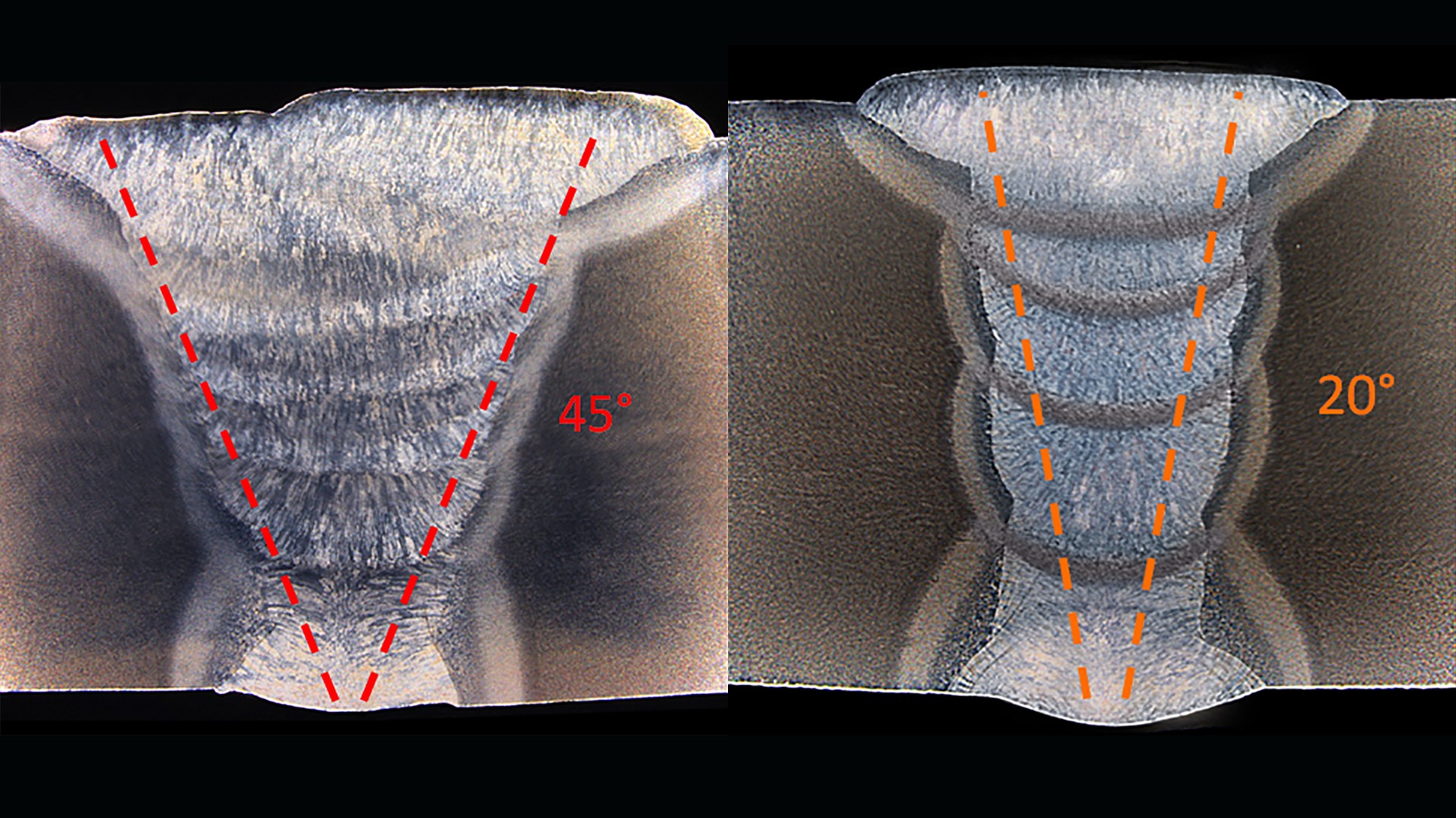
Impact of lifecycle assessment choices
As we wanted to know all the emissions coming from the product, the choice to calculate emissions of the functional unit was desirable, but also one of the most significant decisions in the LCA study. Its main effect on the results of the study is that all of the emissions from the product’s life cycle are assigned to it, including the use of the product for the duration of its entire service life. If a certain function, such as 1 m of welding or 1 hour of use, was chosen for the calculation, then the upstream and core emissions would be distributed over a larger volume of activity, and the impacts could decrease the longer the product was used.
Different lifespans would change those impacts of the product that do not change with the service life. A shorter one would increase them, and a longer one would decrease them. On the other hand, the impacts coming from use would no longer increase and instead stay the same, even if the RSL (Reference Service Life) changes. However, the fact that this causes all of the emissions related to the product to be assigned to it does not give consideration to the longevity being a generally positive trait.
Recyclability and longevity support sustainability
For electronic products such as welding equipment, longevity is an important feature, both for the purpose of the users, getting more value out of what they paid for, and for the idea of circularity, by using fewer resources as the product lasts longer and does not have to be replaced. This modelling decision therefore does not reward a longer functioning product and instead assigns more impacts to it the longer the product is in use.
Recyclability and longevity of products is important for Kemppi. We offer a wide variety of spare parts and consumable parts to maintain a long product life cycle. Typically, we offer spare parts at least 10 years after the product is ramped down from production. All of our machines are designed with straightforward maintenance in mind to guarantee quick and easy service work.
The future of LCA in welding equipment development
Lifecycle assessment is becoming an increasingly valuable tool in welding technology development. As industries worldwide accelerate their sustainability efforts, welding equipment manufacturers must ensure they stay ahead of regulatory changes and evolving customer demands.
Rather than treating LCA as a one-time exercise, its integration into R&D, procurement, and production processes ensures long-term benefits. By continuously refining assessment methods, improving data accuracy, and strengthening supplier collaboration, manufacturers can drive meaningful environmental impact reductions while maintaining operational efficiency.
Advice for industry professionals
For companies looking to integrate LCA into their decision-making, here are some key recommendations:
Define clear objectives from the start – Determine what data is already available, what insights you aim to gain, and who needs to be involved in the process.
Prioritize data quality – High-quality primary data leads to more accurate assessments. Engaging suppliers in sustainability discussions and improving transparency are crucial.
Ensure cross-functional collaboration – Lifecycle assessment is most effective when integrated across R&D, procurement, and supply chain management.
Think beyond compliance – Regulations are evolving, but companies that proactively adopt LCA gain a competitive advantage in efficiency, innovation, and sustainability leadership.
By embedding LCA into core business practices, welding equipment manufacturers can make informed, data-driven decisions that enhance both sustainability and long-term competitiveness. At Kemppi, the X5 FastMig Pulse LCA has been an important step in this journey – one that will continue to shape how we approach product development and environmental responsibility in the years to come.

Anni Knuuttila
Anni Knuuttila
Environmental technology engineer with over 10 years of experience in different kinds of positions at Kemppi. Currently improving Kemppi's sustainability performance and goals as Sustainability Manager. Desires to know why things are the way they are and never gets bored of learning new things. By curiosity and integrity, she is committed to guiding the company towards even more sustainable practices and innovations.


